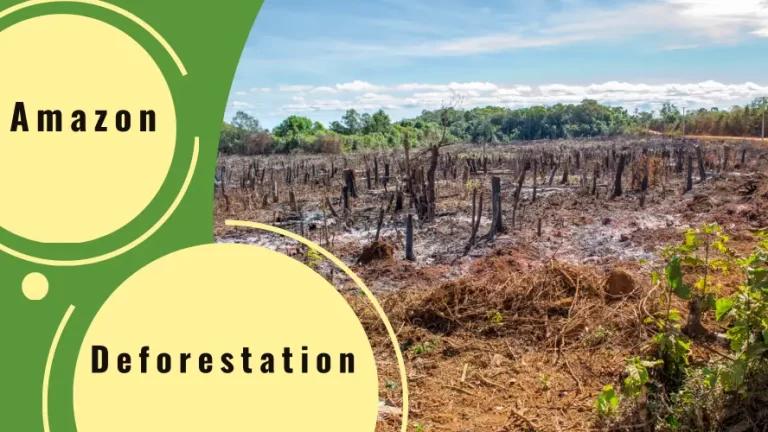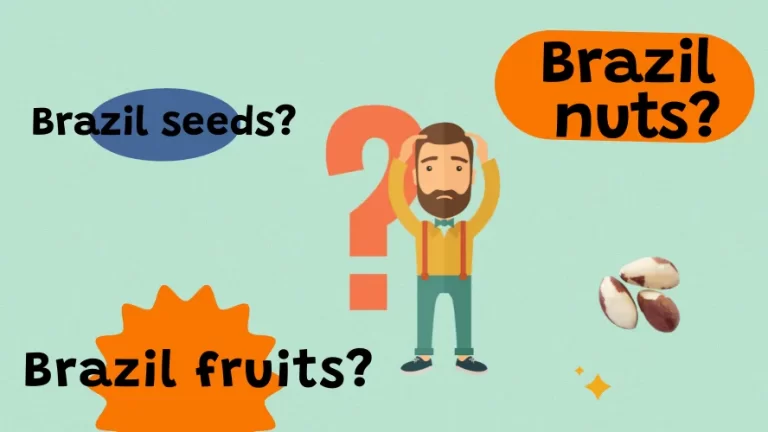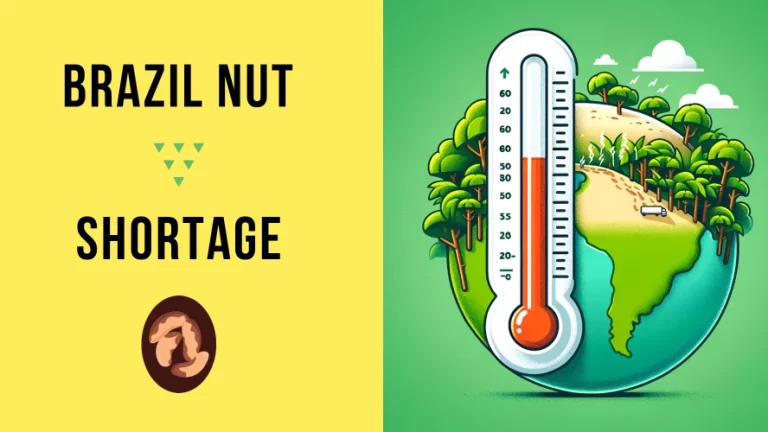The Fascinating Brazil Nut Tree
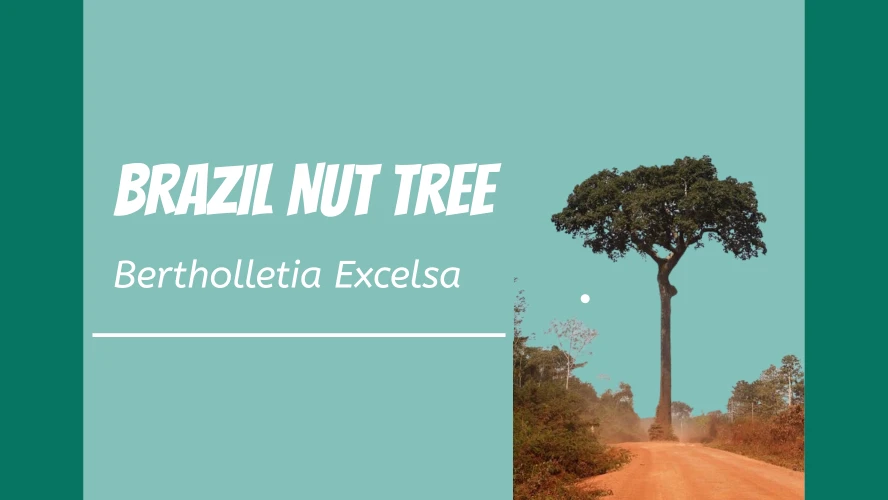
The Brazil nut tree is more than just a source of delicious snacks. It’s a majestic rainforest giant and a vital part of the Amazon’s delicate ecosystem. This tree’s remarkable story involves a network of surprising relationships.
Let’s explore some interesting facts about this remarkable tree.
Where Can Brazil Nut Trees Be Found?
While the name might be a clue, Brazil nut trees aren’t exclusive to Brazil. They’re found throughout the Amazon, growing in Bolivia, Colombia, Ecuador, the Guianas, Peru, Venezuela, and Brazil itself.
Though widespread, Brazil nut trees aren’t just growing everywhere in these countries. They prefer specific rainforest conditions with nutrient-rich soil and a delicate ecological balance, which we’ll explore later.
When Was the Brazil Nut Tree Scientifically Documented?
While indigenous people of the Amazon have known and enjoyed Brazil nuts for centuries, the tree’s formal entry into European scientific records happened in 1808. Naturalists Aimé Bonpland and Alexander von Humboldt encountered the tree during an expedition in Venezuela’s Orinoco region. They named it Bertholletia excelsa, honoring French chemist Claude Louis Berthollet and the tree’s impressive height (“excelsa” means “tall” in Latin).
Of course, this was a “discovery” from a scientific perspective. Spanish and Portuguese explorers had also encountered Brazil nuts long before. If you’d like to learn more about this topic, check out our post about the fascinating history of the Brazil nut.
What Does the Brazil Nut Tree Look Like?
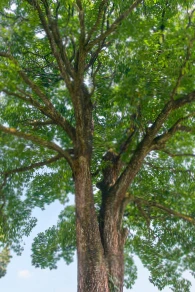
The Brazil nut tree can reach 160 feet (49 meters). It has thick and grayish-brown trunks measuring between 3.3 and 6.6 feet (1 to 2 meters) in diameter. Its life cycle is approximately 500 years.
While imposing in size, they’re also quite graceful. Their branches spread out high in the canopy, draped with oblong and vibrant green leaves.
The tree’s flowers bloom a sunny yellow and develop into remarkable fruits. Think of a coconut-sized sphere weighing a hefty 6 pounds (2.3 kg)! Inside, tucked like orange segments, are 10 to 25 of those tasty Brazil nuts. A single tree can produce hundreds of these amazing seed pods.
It takes patience, though, as these trees don’t start producing their precious seeds for about 20 years. Yes, I said seeds; unlike what is commonly believed, Brazil nuts are not real nuts.
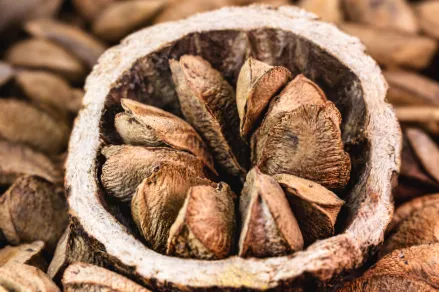
Are There Different Species of Brazil Nut Trees?
While you might find other types of nuts in various cultivars, things are refreshingly simple with Brazil nuts! All the delicious nuts (seeds) you enjoy come from a single tree species, the Bertholletia excelsa.
Does a Brazil Nut’s Country of Origin Change Things?
The Brazil nut tree is the same species throughout the Amazon rainforest. This means you can expect a consistent taste and experience, regardless of whether the nuts were harvested in Brazil, Bolivia, Peru, or another rainforest country.
Why Do Some Brazil Nuts Taste Different?
You might notice some variation in taste or color between Brazil nuts. This isn’t due to different tree species but rather how the nuts are processed after harvesting. Drying methods, storage, and quality control can all affect the final product. Some companies excel in these areas, giving you that perfect creamy taste and consistency.
The Unique Requirements of Brazil Nut Trees
Brazil nut trees aren’t like your backyard apple tree. They thrive only under a very specific set of conditions within the Amazon’s delicate ecosystem. Let’s explore what makes their survival such a fascinating puzzle piece of the rainforest.
A special bee takes care of pollination
Brazil nut trees have a unique pollinator, the Eulaema Mocsaryi, or simply the orchid bee. These hardworking bees aren’t buzzing in for the nectar of the Brazil nut flowers themselves. They are attracted to the orchids that grow nearby.
Once the males land on these orchids, they collect the fragrance to attract females. The pollen sticks to their bodies and then falls off as they fly around, pollinating the Brazil nut flowers.
The orchid’s role in Brazil nut tree survival
This particular species of orchid is called Coryanthes vasquezii. Without them, the orchid bees wouldn’t be around to take care of the pollination. In other words, the Brazil nut trees wouldn’t produce their delicious cargo. It’s a perfect example of how interconnected life in the rainforest truly is!
The agouti and the Brazil nut
For years, the method by which Brazil nut pods were opened remained a mystery. Scientists discovered the surprising culprit: the agouti, a rodent with remarkable teeth, strong and sharp enough to crack the pods.
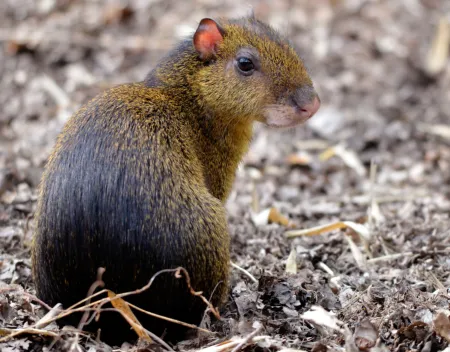
They munch on some seeds and bury the rest like precious treasures. Naturally, some remain buried because they were forgotten or simply because the animal died.
In such cases, the seeds can remain dormant for long periods, until the conditions are perfect for germination. Such seeds are the beginnings of new Brazil nut tree giants!
Final Thoughts on this Rainforest Treasure
The Brazil nut tree is a captivating example of the Amazon rainforest’s delicate balance. Its intricate relationships with other species make it a truly unique and special part of the ecosystem. This dependence makes large-scale cultivation incredibly challenging.
Unfortunately, like many inhabitants of the Amazon, the Brazil nut tree faces threats. Understanding its story helps us appreciate the delicious nut and also the vital importance of preserving the amazing rainforest it calls home.
